The Battle for Zverograd, Part Two
Read Part 1 of the Battle for Zverograd.
Winter Child
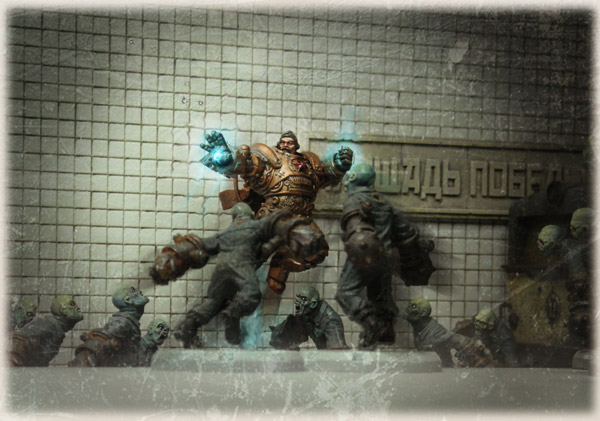
At length, their trials bore fruit, but the SSU were unable to duplicate their results. Thus, Colonel Ivan Vasiliev, the first SSU superhuman, remains a hero apart from the rest of humanity. In his magnificently crafted battle armor, Colonel Vasiliev, also known as “Winter Child,” towers above those around him, but few of them expect that their fantastic hero wears such armor not to protect himself, but to protect them from the inhuman energy he constantly radiates.
Operation Icarus. Early Spring, 1947
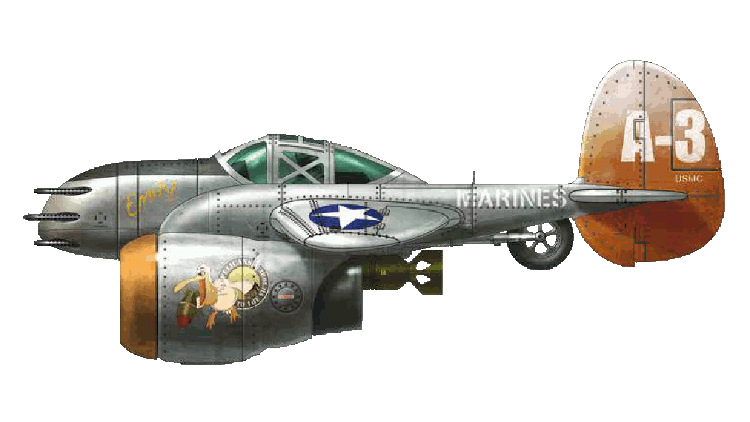
Even with control over most of the Caspian Sea, General McFarland‘s forces had a tough time reaching the city due to opposition from SSU aircraft and torpedo boats. With little control over the coastline, the first troops to land had trouble establishing a beachhead. The first goal of the Allied operation, gaining a significant foothold in Zverograd itself, was never fully realised.
As the early stages of a relief expedition were being planned, Major General Ivansek, commanding officer of the Ninth Air Force and an old friend to McFarland, provided a partial solution. From their Cairo base, Ivansek’s forces had such good command over the skies of Northern Africa that he had planes to spare. His heavy bombers were within striking distance of Zverograd and could assist McFarland’s operation. Contributing to the Zverograd campaign would require Ivansek’s crews to fly long missions, but they could make the trip there and back with enough time on target to assist ground forces. In addition to earmarking a Cairo-based bomber squadron for the mission, several complete squadrons of the brand new P-48 aircraft were rapidly relocated to Tehran. These would prove crucial to the operation.
With Ivansek’s help, plans were set in motion. All the special forces ASOCOM could spare were sent to the Persian capital. Troops, walkers, and supplies were gathered from across the region and concentrated along the coastline in northern Iran. The 4th Marine Division’s landing ships were put to sea. A relief force was almost ready.
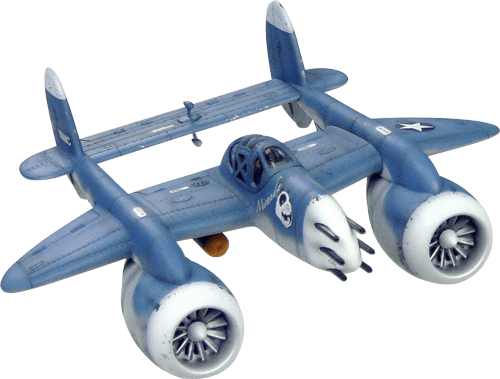
“Zverograd aeorodrome now under complete Axis control. First objective to fall during initial Axis attack. Airfield too close to the front for sustained enemy operations. Tarmac extensively bombed by SSU. Suspect additional damage from Allied sorties as well. Few landings by enemy aircraft, with frequent crashes.
Airfield in secondary use as enemy airdrop zone. Axis can recover supplies and have secure access to metro system directly from their rear base. Also control metro section between Airfield and New Town stations on Blue Line. Troops sighted massing there under cover for assault on city.
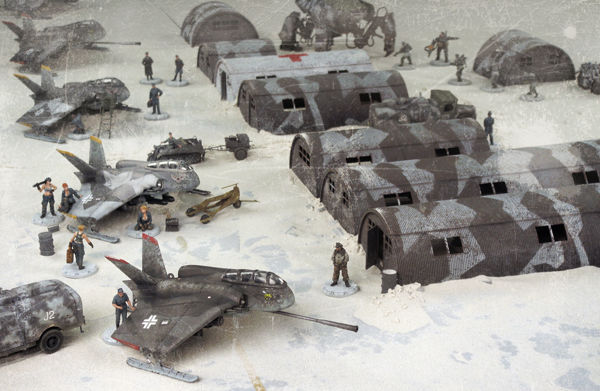
Infantry presence moderate. Airfield protected by light infantry formation (level 2 cuirass) at company strength. Heavier, veteran formations (level 3 cuirass) pass through en route to city. Few repeat sightings of heavier units; suspect Axis underground complex in city center. Axis losses to SSU and Allied advance forces is suspected to be heavy.
Blutkreuz presence moderate. Kampaffen enclosure visible at northern end of airfield. Typically empty by dawn (approx 0600 local); apes frequently returned by 1900 hours. Little observed Untertoten activity (single squad only), but W-serum crates sighted in paradrop supplies.
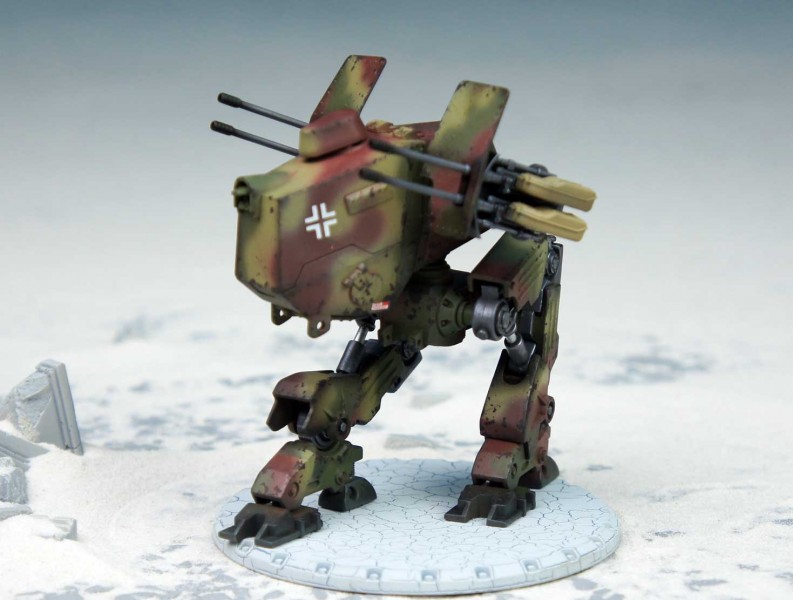
Given low security presence, suggest raid on aerodrome supply depot with HE and incendiary charges. Aggressive supporting attack on nearby Airfield and New Town metro stations could capture airfield and metro shelters to strengthen Allied position in city. Recommend immediate action while local Axis forces are outnumbered. Vivre le France. End Transmission.”
At the time this report was received, the schwer Panzer Abteilung 515 of the Wehrmacht had not yet been deployed around the airfield. Its first elements arrived two days after the report was sent. Unfortunately, the FFL scout detachment had already been captured and killed by Blutkreuz Korps agents just a few hours after the transmission of their report.
Nevertheless, their urgings were heeded. Generals McFarland and Ivansek agreed to launch Operation “Icarus” on May 13. Captain Joe Brown and his Rangers had already been joined by Sergeant Victory, whose fame had preceded him, lending the operation a certain notoriety in the public imagination, especially after the later dispatches from the front. Allied hopes were high; with such a company of heroes, what could go wrong?
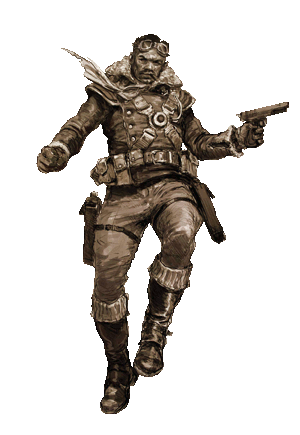
Operation Achilles. Spring 1947
The final days of the battle for Zverograd have arrived. The three blocs send their last forces into Zverograd in final attempts to take the city—or what’s left of it —no matter the cost . The Doomed City has been transformed into a giant killing field, riddled with minefields, bunkers, trenches, and other fortifications . Life there is cheap: death awaits around every corner, in every building.
The morale of soldiers in Zverograd is at an all time low. It’s just a matter of time before the city gets to you. The best a soldier can hope for is to be seriously wounded and sent home. Everything is in short supply: food, ammunition, water. The opposing blocs are no longer the only threat to a soldier’s life. The veterans of the battle of Stalingrad know well that hunger and thirst make terrible enemies, and every day is now a struggle for survival in Zverograd.
Thanks to their extensive air fleet, the Allies have suffered less than the two other blocs . A massive campaign of para- chuting supplies into Zverograd has worked so far, but the Axis and the SSU are beginning to increase their capacity for airborne combat, threatening Allied dominance of the skies. As Allied resupply missions become less frequent, the fighting over the city’s few remaining supplies grows increasingly desperate.
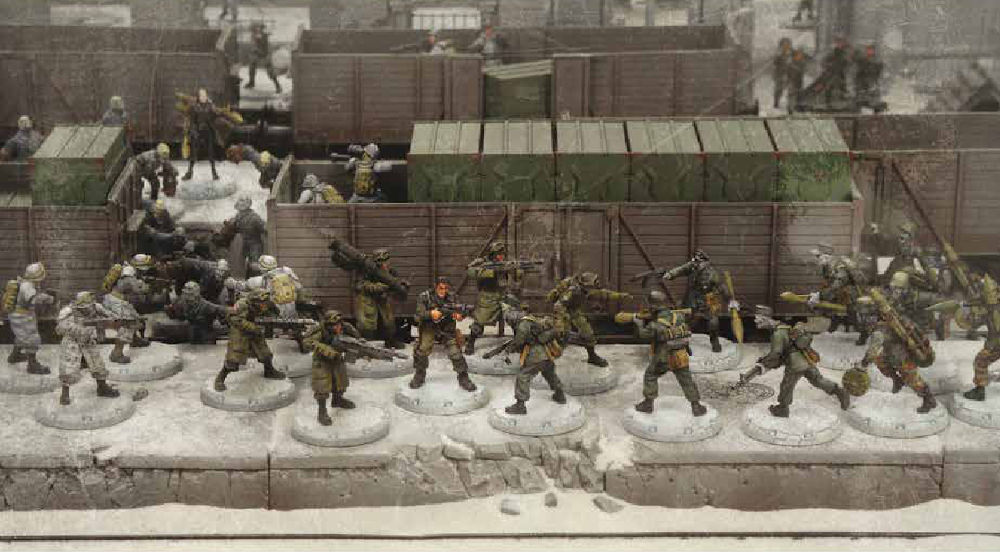
Fortress Zverograd
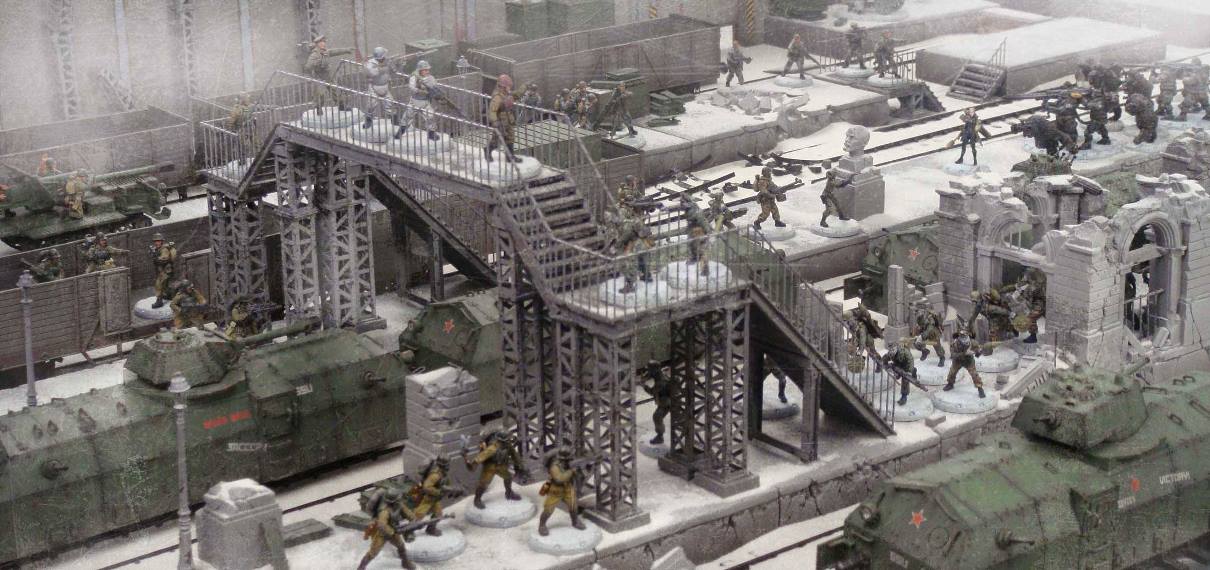
Without any hope of gaining the upper hand, SSU forces have resorted to a desperate final gambit: they have flooded the metro and sewer systems. Whole areas of the city have had their streets crack under the force of explosions from artillery fire and the pressure of water from beneath. Many metro tunnels are now completely inaccessible. Only a few remain usable, and most of those are in the area surrounding Zverograd Central Station.
Axis forces are all but surrounded inside Zverograd after losing control of the airfield. They now control a very large part of the city center, however, and they have regrouped around their main base of operations at Memorial Park. They are now almost entirely dependent on airdropped supplies and were, for a time, considered an easy target by the other blocs, but Axis forces have once again proven everybody wrong. With their immense experience, the Axis forces dug in hard. With many veterans of Stalingrad in their ranks, they had all the knowledge required to build highly effective defensive structures. After just a few weeks, advances against Axis-controlled sectors were met with incredible anti-infantry and antitank fire from concrete bunkers. These well- placed fortifications were impervious to artillery fire and air strikes.
The SSU have exhausted nearly all their reinforcements and Stavka has decided to cut its losses and leave the defenders of Zverograd to their fate. There are many other fronts to fight on; things are looking grim for SSU forces in North America and Africa. Thanks to the industrial facilities under SSU control inside the city, their soldiers can still get ammo and repair their vehicles, but every man who doesn’t come back from the daily ambushes and city fights is a definitive loss. The SSU troops have decided to dig in permanently, as they did in Stalingrad. The SSU have been trying to transform their chunk of the city into a bastion. Whole city blocks on the edge of their sector have been heavily fortified. They can now withstand and repel all but the most ferocious assault.
The Allies have succeeded in their goal of taking control of the Western part of Zverograd. Their bold plan has worked, but at tremendous cost. Several elite regiments have been all but destroyed, and many others are barely fit for further combat. The “Zverograd Situation” has horrified Allied command, but they see no easy way to pull out of the city. Orders have arrived with strict instructions to minimize casualties as much as possible. No more soldiers’ lives should be lost on this front, and reinforcements will be scarce. This has caused Allied forces in Zverograd to follow their enemies’ lead and dig in as hard as possible.
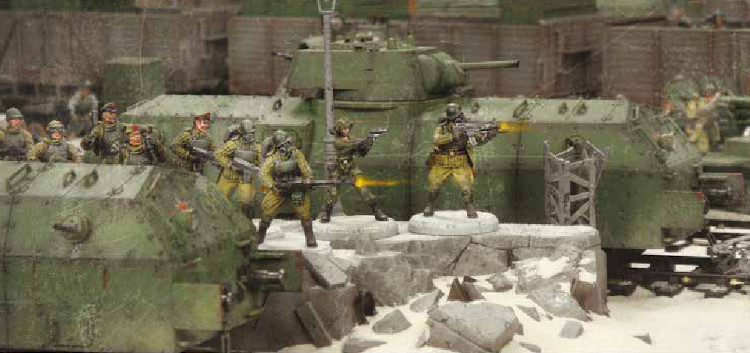
Read Part 3 of the Battle for Zverograd.